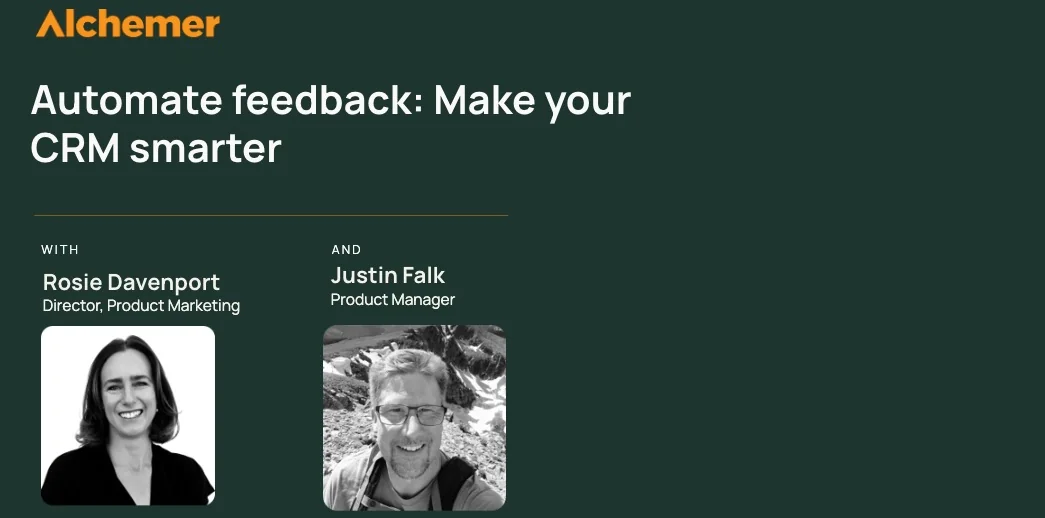What is Judgment Sampling?
Judgment sampling, also referred to as judgmental sampling or authoritative sampling, is a non-probability sampling technique where the researcher selects units to be sampled based on his own existing knowledge, or his professional judgment.
As a refresher, non-probability sampling is where the samples for a study are gathered in a process that does not give all of the individuals in the population equal chances of being selected.
Brush up on the differences between probability and non-probability sampling.
Judgment sampling can also be referred to as purposive sampling.
This is because judgment sampling is used in cases where the knowledge of an authority can select a more representative sample, which can in turn yield more accurate results than if other probability sampling techniques were used.
When to Use Judgment Sampling
Judgment sampling is most effective when only a limited number of individuals possess the trait that a researcher is interested in.
For example, imagine a group of researchers that is interested in what it takes for American youths to graduate from high school by age 14, instead of the typical graduation age of 18 years old.
It would not serve the researchers any benefit to use a random sample that includes a significant amount of youths that are on track to graduate at the traditional age of 18 years old.
Instead, the researchers should focus only on the members of the population that fit the criteria and interests of their study — in this case, youths that have skipped one or several grades and are on track to graduate at age 14.
In this case, judgment sampling is the only viable option for obtaining information from a very specific group of people.
The Advantages of Judgment Sampling
Judgment sampling is less time consuming than other sampling techniques.
When using judgment sampling, researchers can conduct interviews and other more hands-on data collection techniques such as holding focus groups due to the lower volume of subjects.
Typically, this takes much less time than collecting data from high volume segments.
Judgment sampling allows researchers to go directly to their target population of interest.
Judgment sampling increases the relevance of the sample to the population of interest, as only individuals that fit particular criteria are included in the sample.
In order for a study to be conducted as efficiently as possible, researchers should strive to use the sample that is most relevant to their population of interest as possible.
The Primary Disadvantage of Judgment Sampling
Judgment sampling is prone to researcher bias.
Because each sample is based entirely on the judgment of the researcher, there is room for human error that results in researcher bias.
Researcher bias, also known as experimenter bias, is when the people performing the research end up influencing the results of a study.
Researcher bias is detrimental to the validity of a study, and accordingly the data resulting from the study. Therefore, researchers should do everything in their power to avoid it.
Related: 4 Ways to Eliminate Bias in Market Research
An Example of Judgment Sampling
Consider the following commonly-used example to help you contextualize judgement sampling.
A group of researchers is interested in learning if the reason why people wear eyeglasses is to read books.
Common sense tells us that the efforts of the research group should be focused entirely on people that indeed wear eyeglasses.
This process is judgment sampling in action.
By targeting a sample comprised only of people that wear eyeglasses by using their professional judgment, researchers have a higher likelihood of achieving their research goal of learning whether or not people are wearing eyeglasses in order to read books.
Conclusion
You should now have an introductory understanding of judgment sampling, when to use this technique, and the pros and cons associated with its implementation.
Do you have a judgment sampling success story that you’d be willing to share? What about an experience where judgment sampling led to researcher bias and poor data? Sound off in the comments below!




